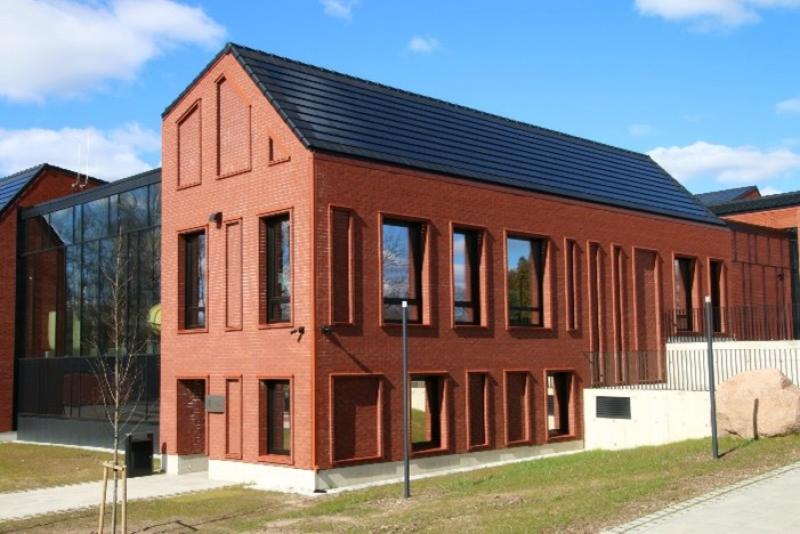Solar power plants will be installed on Tallinn’s municipal buildings
In 2021, a roof structure assessment was carried out for 56 Tallinn buildings to install solar panels, and it was found that a total of 28 city buildings can accommodate solar power plants, in line with the goal of energy efficiency.
The Tallinn Property Department conducted a public procurement process, “Design and installation of solar power plants on municipal buildings,” in two stages: in the fall of 2022 and in the spring of 2023. The first tender was won by Helioest Ltd, whose bid amounted to 398,000 euros, and with whom ten solar power plants will be built. The second tender was won by Solar Wheel Ltd, Diotech Electric Ltd, and Diotech Ltd, whose joint bid amounted to 364,835.98 euros, and they will also construct ten solar power plants in cooperation with the city.
According to Tiit Terik, Deputy Mayor of Tallinn, the first two tenders will result in solar power plants being built on eight social housing buildings, three libraries, five school buildings, and four kindergartens. “Tondiraba ice hall, the Zoo parking lot, and the Tallinn Botanic Garden are also next in line. The establishment of these solar power plants is also being discussed in terms of involving citizens’ capital to allocate city budget resources elsewhere,” added Terik.
The preparation for the third procurement is underway, and it will be announced in the third quarter of 2023. If suitable solutions are found during the design phase, solar power plants will be constructed on ten school buildings, three kindergartens, one library, and one social housing building.
“Next, we plan to review the remaining city buildings’ electricity consumption, determine the orientation, shading, and suitability of the roofs for solar power generation, conduct studies regarding load capacities, and then proceed with the procurement for the next batch of solar power plants,” said Terik. “Tallinn will continue its efforts to promote energy efficiency in city-owned buildings, including analyzing energy consumption, monitoring progress in energy savings, and ensuring the proper functionality of electrical systems through condition assessments.”
Solar power plants will primarily be installed based on the building’s consumption during sunny periods. An analysis will be conducted based on the actual hourly consumption during sunny periods in the previous year. The analysis will determine the building’s electricity demand during the same hours when the sun is shining. Solar power plants will be installed not only for electricity generation to the power grid but also to cover the building’s own consumption.
The combined capacity of the solar power plants to be installed through the three tenders is 1.4 MW. They will produce approximately 1.3 million kWh of emission-free electricity for self-consumption annually and save nearly 70,000 euros per year in grid fees.
Data from these solar plants are remotely monitored, allowing real-time tracking of the condition and output of each grid-connected point in the solar power plant.

